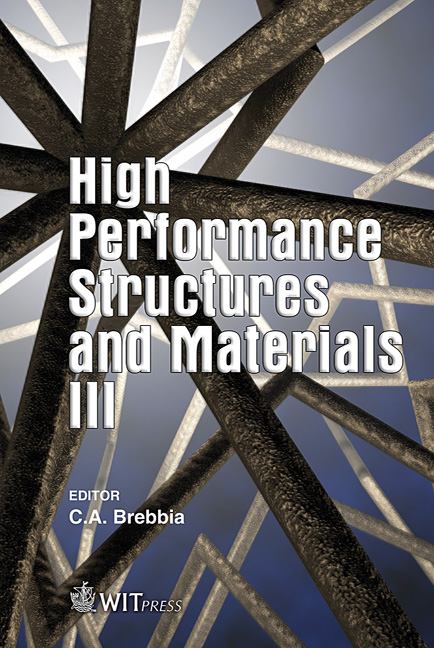Numerical Analysis Of The Process Of Trapezoidal Thread Rolling
Price
Free (open access)
Transaction
Volume
85
Pages
10
Published
2006
Size
1,471 kb
Paper DOI
10.2495/HPSM060651
Copyright
WIT Press
Author(s)
L. Kukielka & K. Kukielka
Abstract
In this paper the physical and mathematical models of deformations (displacements and strains) and stress in the cold process of trapezoidal thread rolling is presented. The process is considered as a geometrical and physical non-linear, initial as well as boundary value problem. The phenomena on a typical incremental step were described using a step-by-step incremental procedure, with an updated Lagrangian formulation. The state of strains was described by Green-Lagrange’s tensor, while the state of stress by the second symmetrical Pioli-Kirchhoff’s tensor. The object was treated as an elastic (in the reversible zone) and visco-plastic body (in non-reversible zone) with mixed hardening. The variational equation of motion in three dimensions for this case was proposed. Then, the finite elements methods (FEM) and dynamic explicit method (DEM) were used to obtain the solution. The application developed for the method of finite elements ANSYS 8.1 provides a complex time analysis of displacement, strains and stresses occurring in the object. The boundary conditions for a displacement increment determined in model investigations were used. Examples of calculations of influence of a friction coefficient on the state’s deformation and stress were presented. 1 Introduction One of the most widespread machine elements is the thread. Above 60% parts of modern machines, devices and mechanism has threaded holes, whose performance by screw-tap in high-plastic steels, some non-ferrous metals and their alloy, pose difficult problems in technological aspects. The difficulty at threading hard materials characterized by a large ductility and a high elastic
Keywords





